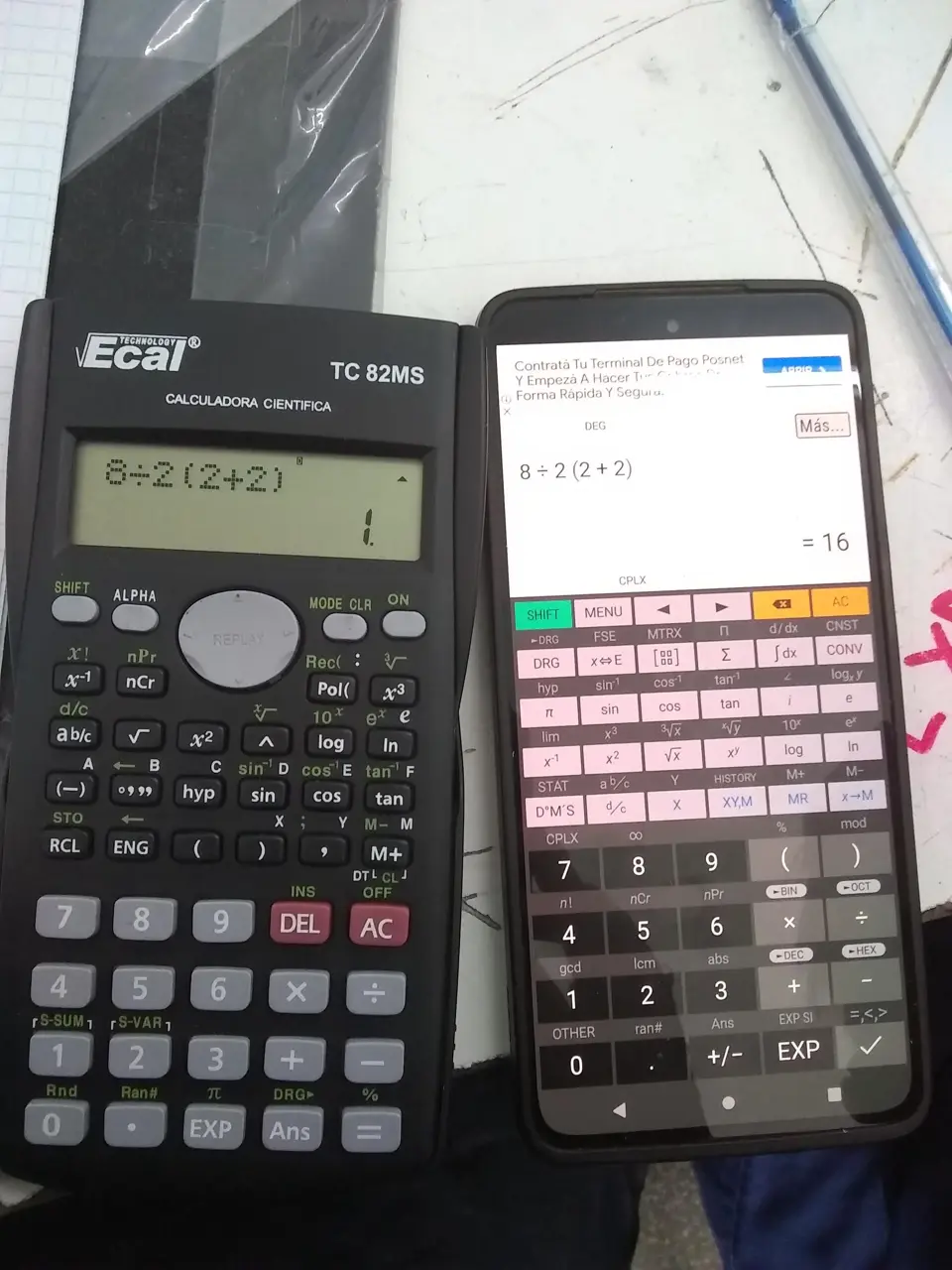this post was submitted on 03 Dec 2023
420 points (99.8% liked)
196
16822 readers
936 users here now
Be sure to follow the rule before you head out.
Rule: You must post before you leave.
If you have any questions, feel free to contact us on our matrix channel.
founded 2 years ago
MODERATORS
you are viewing a single comment's thread
view the rest of the comments
view the rest of the comments

This is exactly right. It's not a law of maths in the way that 1+1=2 is a law. It's a convention of notation.
The vast majority of the time, mathematicians use implicit multiplication (aka multiplication indicated by juxtaposition) at a higher priority than division. This makes sense when you consider something like 1/2x. It's an extremely common thing to want to write, and it would be a pain in the arse to have to write brackets there every single time. So 1/2x is universally interpreted as 1/(2x), and not (1/2)x, which would be x/2.
The same logic is what's used here when people arrive at an answer of 1.
If you were to survey a bunch of mathematicians—and I mean people doing academic research in maths, not primary school teachers—you would find the vast majority of them would get to 1. However, you would first have to give a way to do that survey such that they don't realise the reason they're being surveyed, because if they realise it's over a question like this they'll probably end up saying "it's deliberately ambiguous in an attempt to start arguments".
Sorry but both my phone calculator and TI-84 calculate 1/2X to be the same thing as X/2. It's simply evaluating the equation left to right since multiplication and division have equal priorities.
X = 5
Y = 1/2X => (1/2) * X => X/2
Y = 2.5
If you want to see Y = 0.1 you must explicitly add parentheses around the 2X.
Before this thread I have never heard of implicit operations having higher priority than explicit operations, which honestly sounds like 100% bogus anyway.
You are saying that an implied operation has higher priority than one which I am defining as part of the equation with an operator? Bogus. I don't buy it. Seriously when was this decided?
I am no mathematics expert, but I have taken up to calc 2 and differential equations and never heard this "rule" before.
I'm an engineer. Writing by hand I would always use a fraction. If I had to write this in an email or something (quickly and informally) either the context would have to be there for someone to know which one I meant or I would use brackets. I certainly wouldn't just wrote 1/2x and expect you to know which one I meant with no additional context or brackets
By the definition of Terms, ab=(axb), so you most certainly can write that (and Maths textbooks do write that).